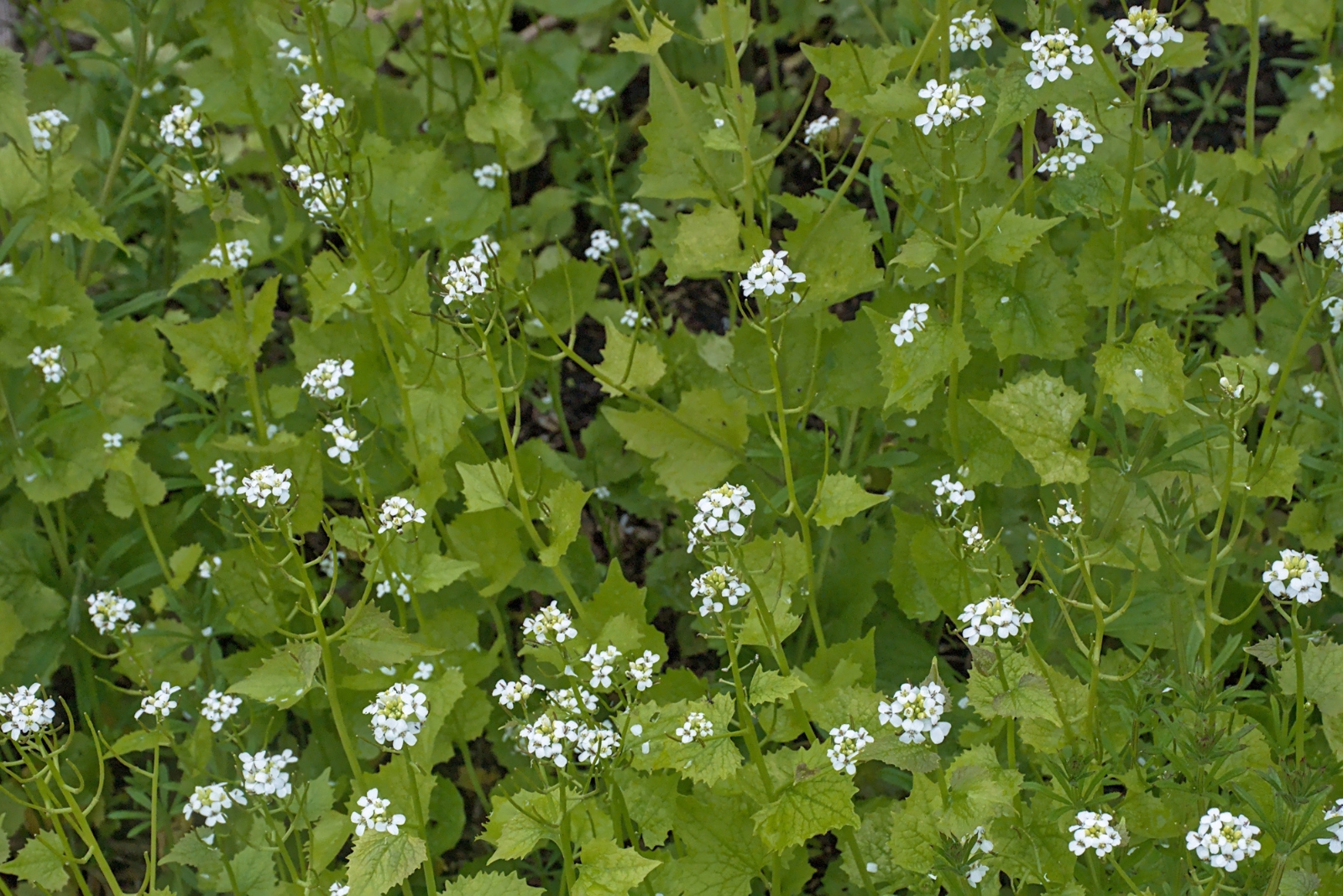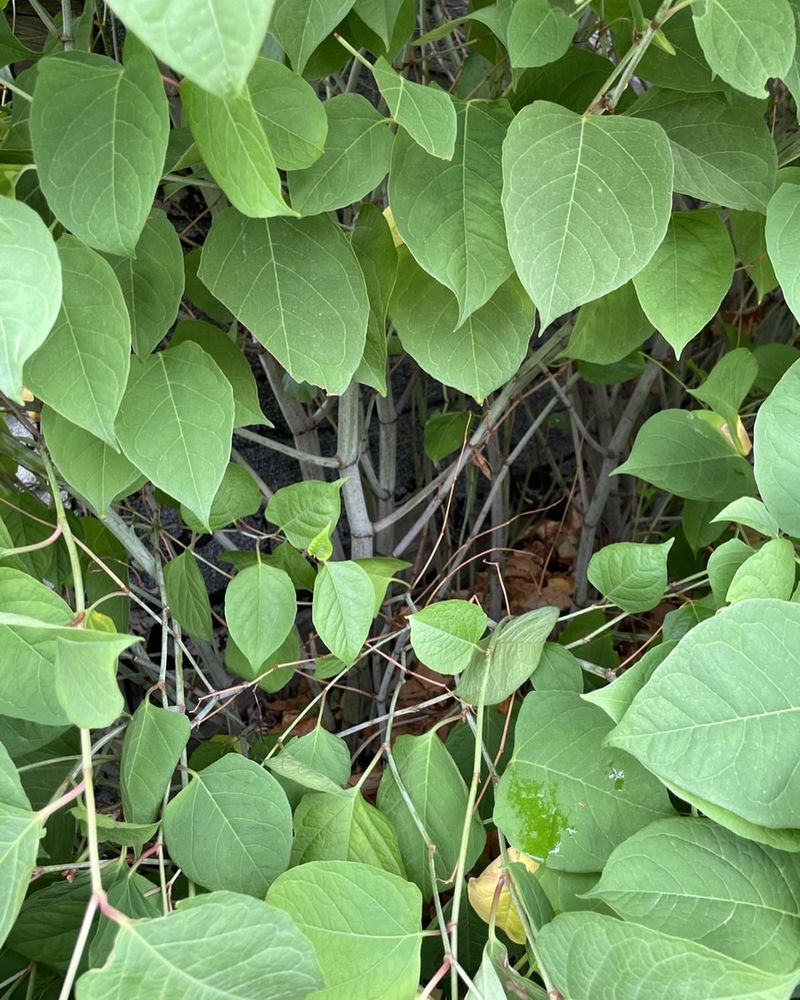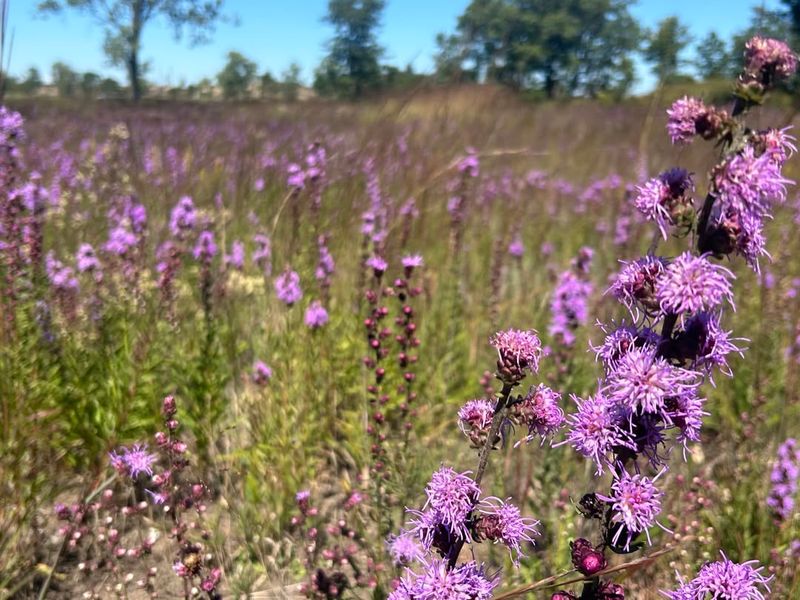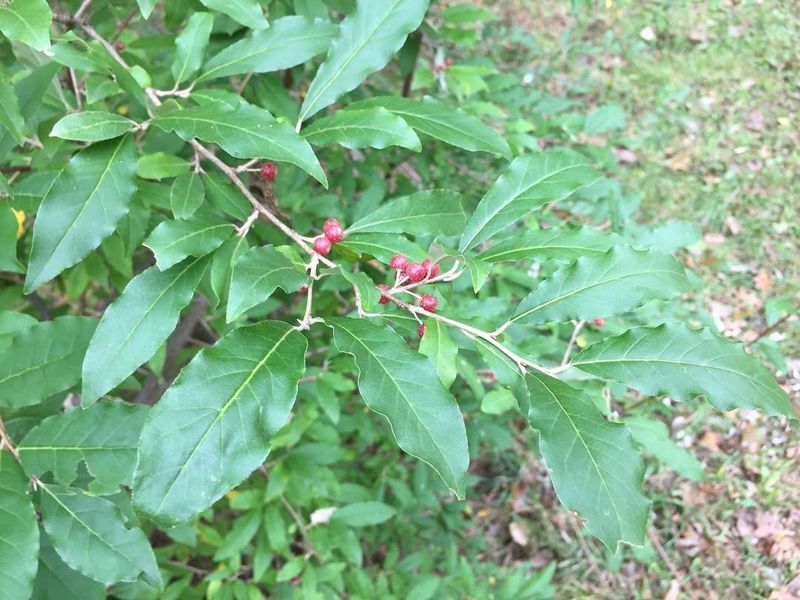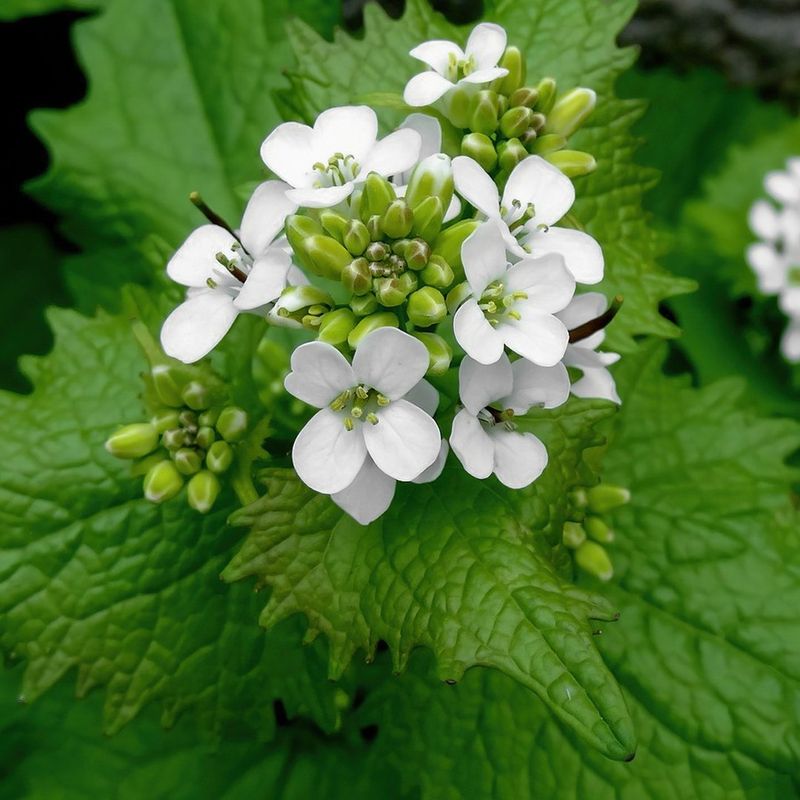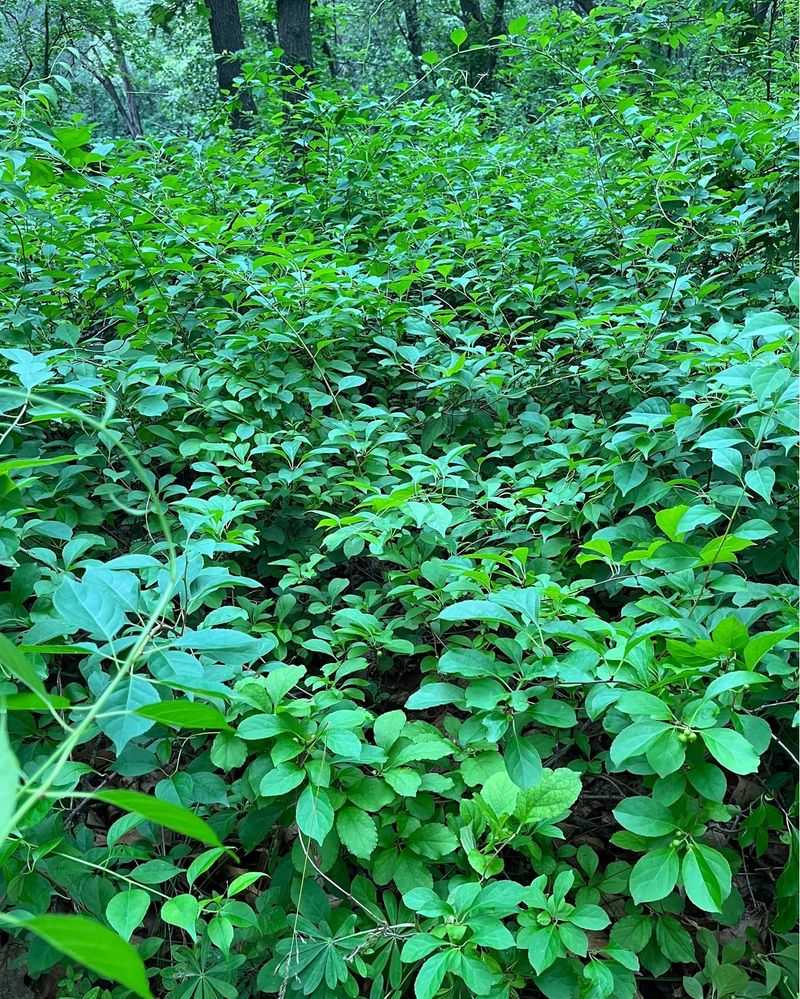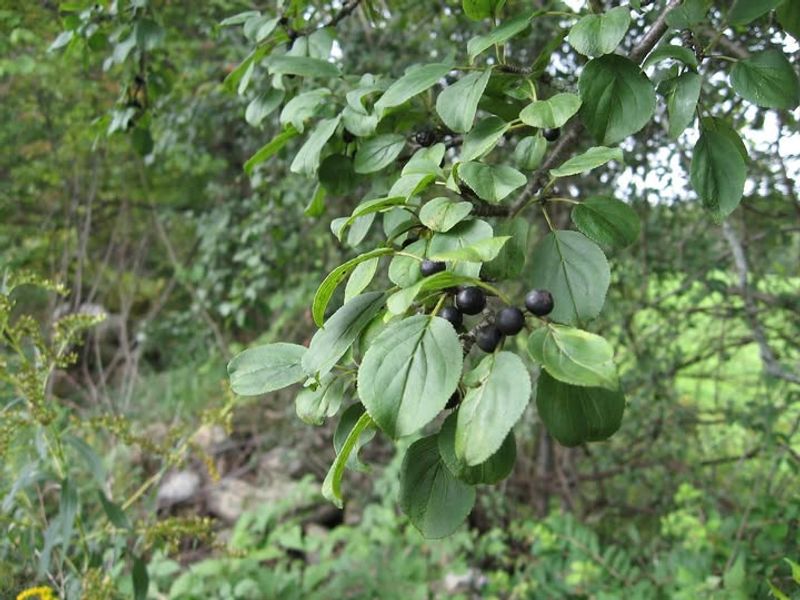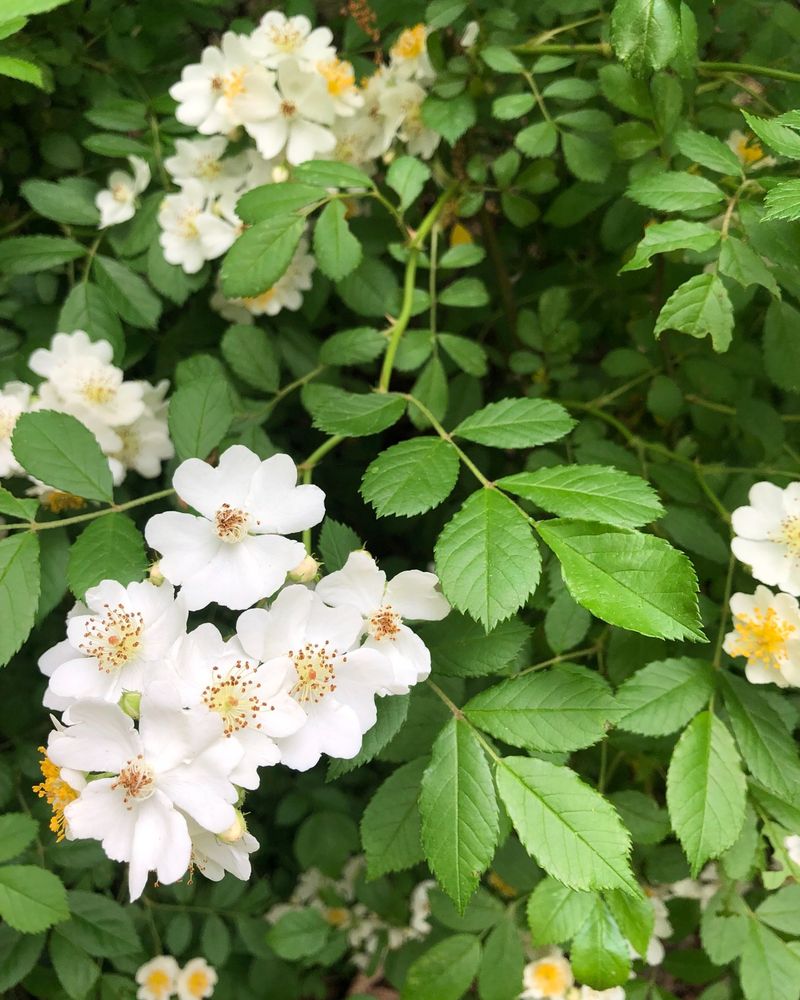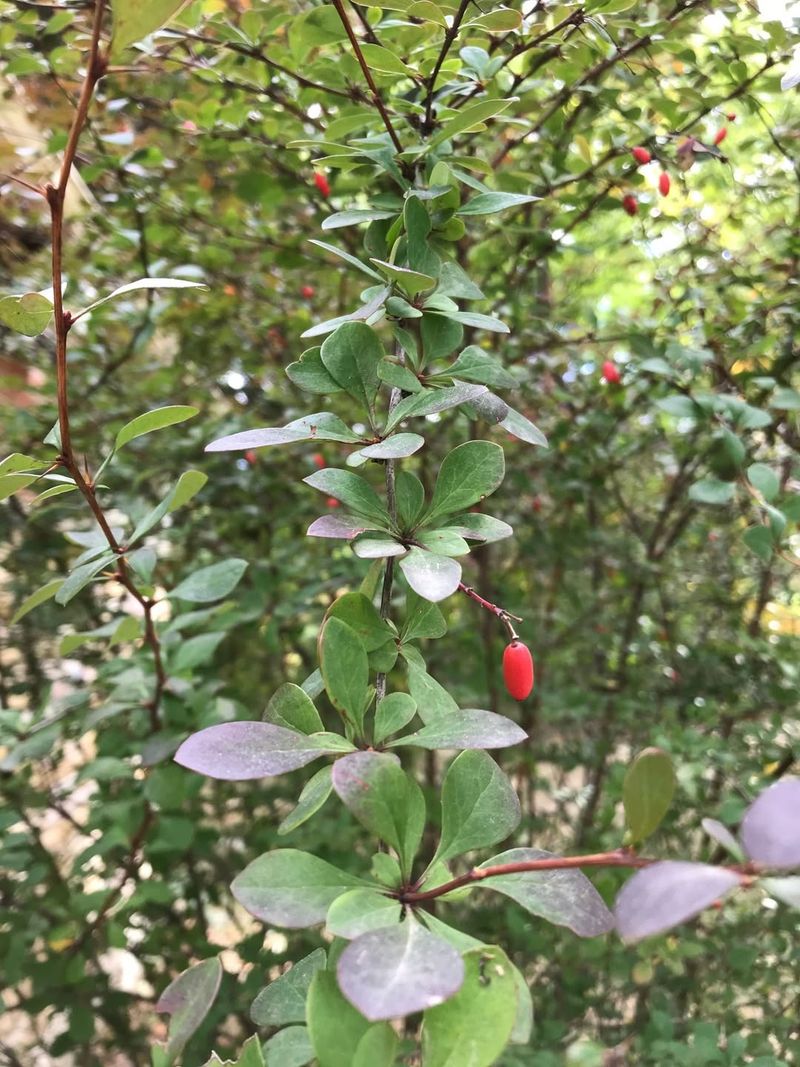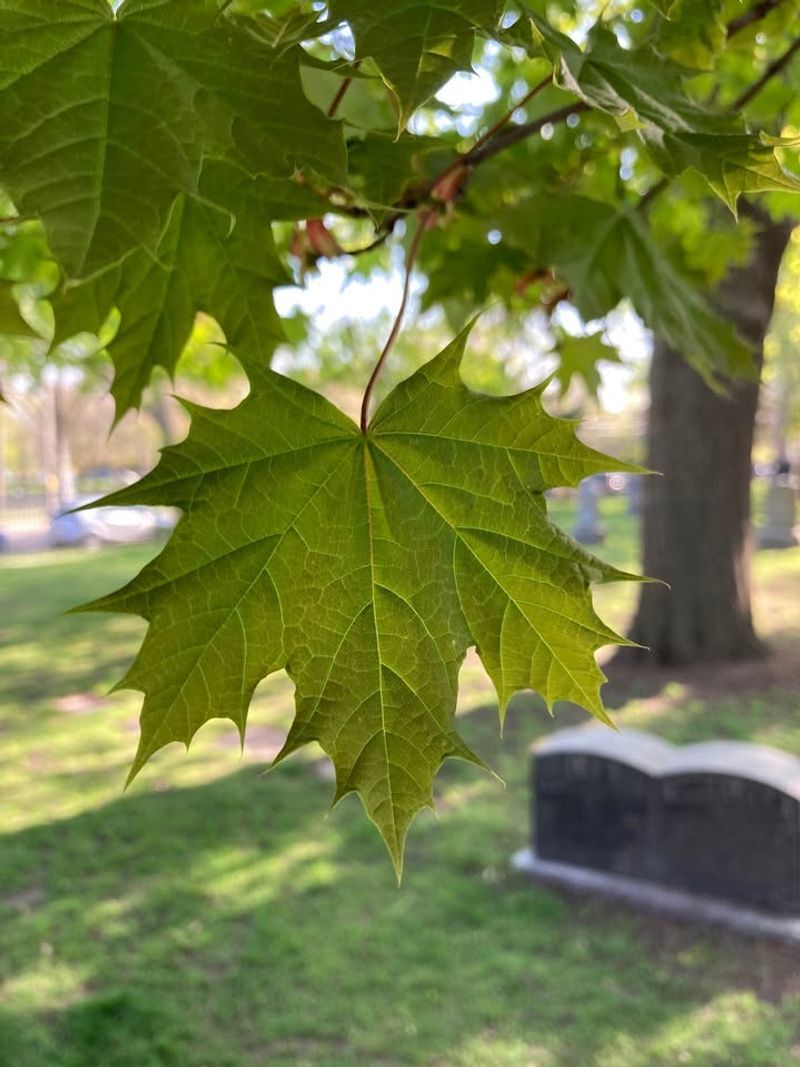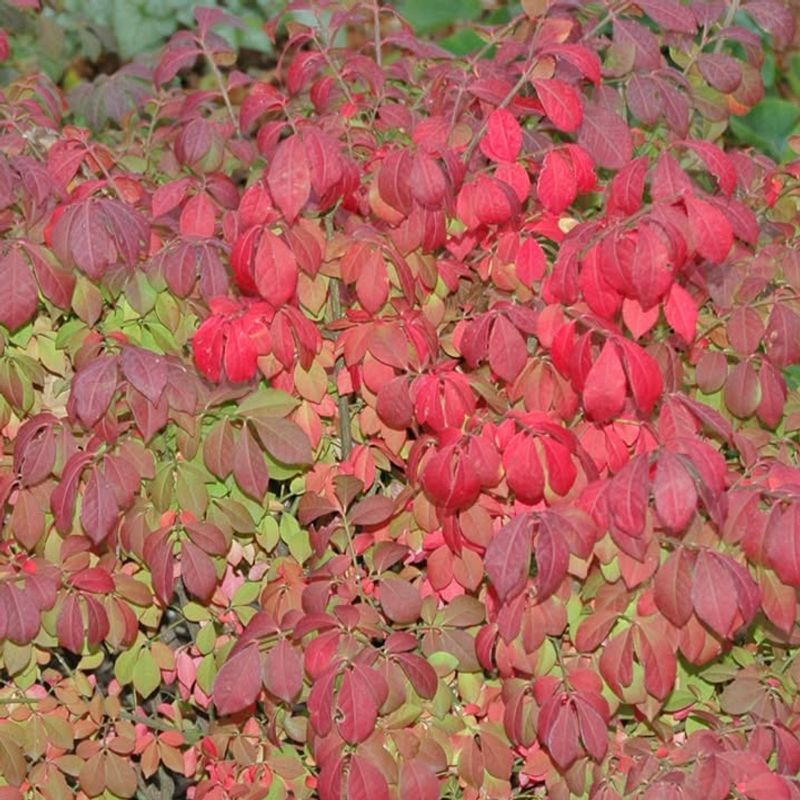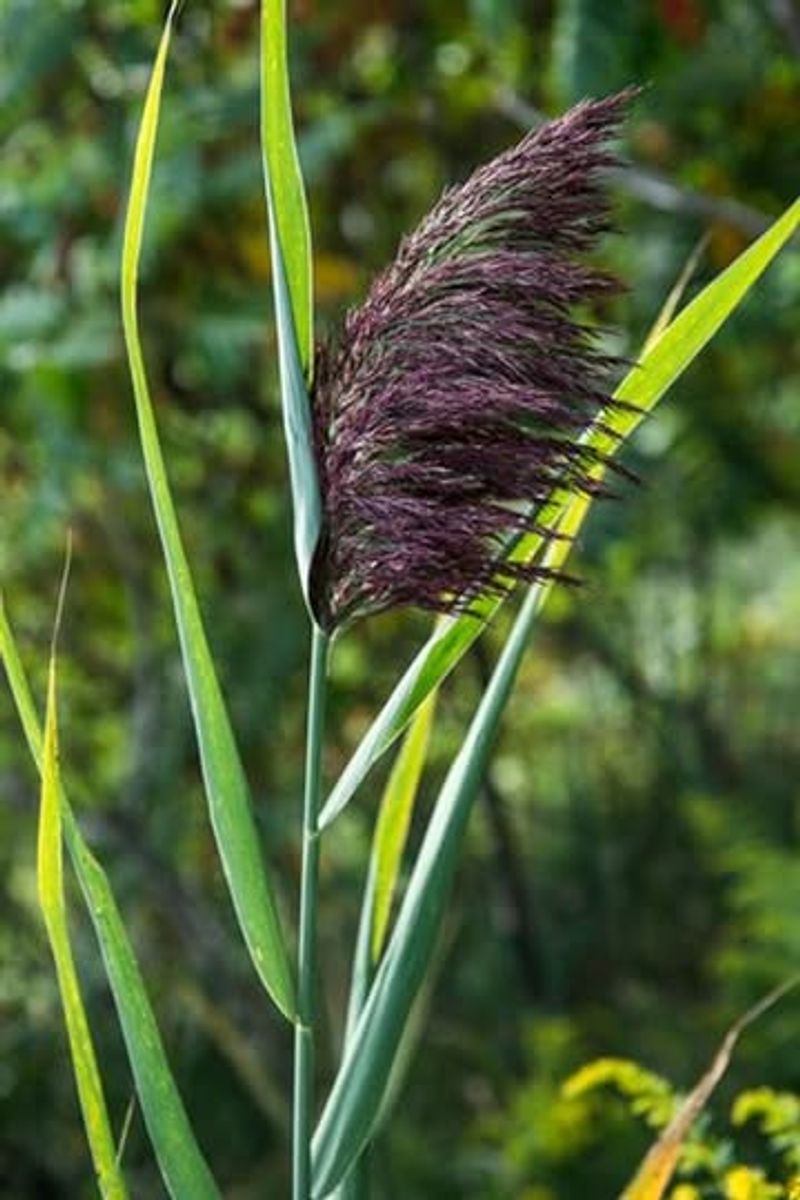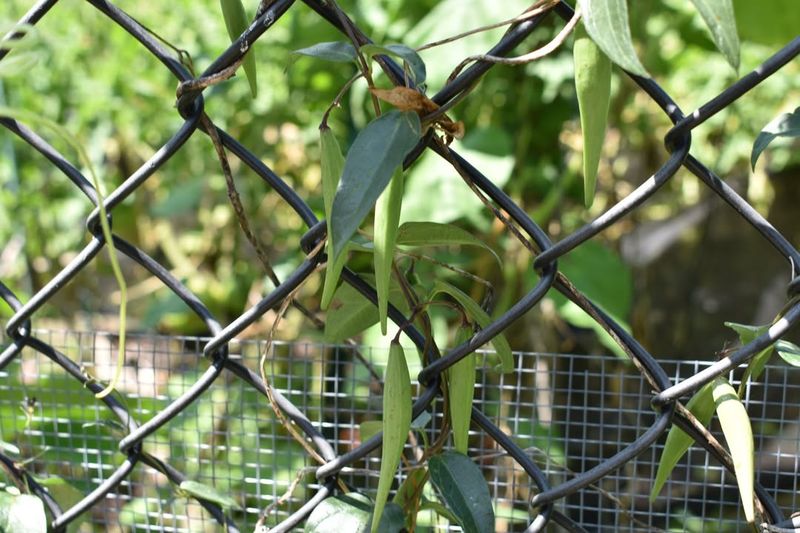In Massachusetts suburbs, a few popular plants are starting to cause serious trouble. They grow fast, take over gardens, and could even land you in legal hot water.
I’ve put together twelve plants to keep an eye on this season. Knowing them now means your Massachusetts garden stays beautiful and stress-free.
1. Japanese Knotweed
Bamboo’s aggressive cousin might look attractive with its heart-shaped leaves, but it’s a backyard nightmare. Japanese knotweed spreads through underground stems called rhizomes that can crack foundations and damage driveways.
Massachusetts property owners spend thousands trying to remove this persistent invader. Its roots can travel 20 feet horizontally and dig seven feet deep, making eradication extremely difficult.
If you spot this plant, contact local authorities immediately before it takes over your entire yard and spreads to neighbors’ properties.
2. Purple Loosestrife
Those gorgeous purple spikes along Massachusetts wetlands aren’t as innocent as they appear. Each purple loosestrife plant produces millions of seeds annually, choking out cattails and other native marsh plants that wildlife depends on.
Ducks, turtles, and fish lose crucial habitat when this European import dominates. The plant thrives in wet areas but can also survive in drier garden beds.
Removing it before it flowers prevents seed spread, though the roots must be completely extracted to stop regrowth in your neighborhood.
3. Autumn Olive
Silvery leaves and red berries make autumn olive seem like a wildlife-friendly choice for Massachusetts gardens. Unfortunately, birds spread its seeds everywhere, creating dense thickets that block sunlight from reaching native plants below.
Originally planted for erosion control, this shrub now outcompetes native berry bushes that provide better nutrition for local animals. Its nitrogen-fixing roots actually change soil chemistry, making areas less hospitable for indigenous species.
Hand-pulling young plants works, but larger shrubs require cutting and treating stumps with herbicide.
4. Garlic Mustard
Don’t let the edible leaves fool you—garlic mustard is destroying Massachusetts forests from the ground up. This biennial herb releases chemicals that poison soil fungi, which native trees need to absorb nutrients and water properly.
Butterflies suffer too, as their caterpillars can’t survive on garlic mustard despite laying eggs on it. The plant spreads rapidly in shaded areas where native wildflowers once thrived.
Pull plants before they flower in spring, making sure to remove the entire root to prevent regrowth in Bay State woodlands.
5. Oriental Bittersweet
Wreathmakers love those orange and yellow berries, but oriental bittersweet is literally strangling Massachusetts trees to death. Unlike its native cousin, this Asian vine grows incredibly fast, wrapping around trunks and blocking sunlight with thick leaf canopies.
Trees weakened by bittersweet become vulnerable to disease and storm damage. The vine’s weight can even topple mature oaks during heavy winds.
Cut vines at ground level and treat stumps immediately, then monitor for regrowth throughout the growing season across suburban properties.
6. Common Buckthorn
Glossy leaves and hardy growth made buckthorn popular for Massachusetts hedges decades ago. Now we know better—this European shrub leafs out early and keeps its foliage late, shading out native plants that can’t compete.
Birds eat the berries but they act like laxatives, spreading seeds rapidly across neighborhoods. Buckthorn also hosts soybean aphids and oat crown rust, threatening agricultural areas.
Small plants pull out easily when soil is moist, while larger specimens need cutting and stump treatment to prevent resprouting throughout the season.
7. Multiflora Rose
Those white flower clusters might smell sweet, but multiflora rose creates impenetrable thorny barriers across Massachusetts fields and forest edges. Originally promoted for erosion control and livestock fencing, each plant produces hundreds of thousands of seeds that remain viable for decades.
The dense thickets block trails, reduce property values, and crowd out native berry bushes. Birds spread seeds to new locations constantly.
Repeated mowing weakens plants over time, though digging out roots or careful herbicide application works faster for suburban homeowners dealing with infestations.
8. Japanese Barberry
Landscapers love Japanese barberry for its colorful foliage and deer resistance, but Massachusetts researchers discovered a disturbing connection. Areas with dense barberry have significantly higher populations of blacklegged ticks, which spread Lyme disease to humans.
The shrub creates perfect humid microclimates where ticks and mice thrive. Native plants don’t provide the same tick-friendly conditions.
Removing barberry from your property reduces tick habitat while opening space for indigenous shrubs. Pull young plants by hand or dig out established specimens completely before they produce more seeds.
9. Norway Maple
Planted along countless Massachusetts streets, Norway maples seemed like perfect shade trees until their dark side emerged. Their extremely dense canopy and shallow roots create such deep shade that virtually nothing grows underneath—not grass, flowers, or native tree seedlings.
Seedlings pop up everywhere, displacing native sugar maples and oaks. The thick leaf litter takes longer to decompose than native leaves.
Replacing aging Norway maples with native alternatives when they need removal helps restore ecological balance. Young seedlings should be pulled immediately throughout suburban neighborhoods.
10. Burning Bush
That spectacular red fall color comes at a steep environmental cost across Massachusetts. Burning bush produces abundant seeds that birds carry into natural areas, where the shrubs form dense stands that exclude native vegetation.
While sterile cultivars exist, they’re difficult to distinguish from invasive varieties. Many garden centers have stopped selling burning bush entirely.
Consider native alternatives like sumac or blueberry for brilliant autumn displays. Existing burning bushes should be removed before berries form, with roots completely extracted to prevent regrowth in Bay State yards.
11. Phragmites
Towering reed stands along Massachusetts highways and wetlands look natural but they’re ecological disasters. Non-native phragmites grows in monocultures up to 15 feet tall, eliminating diverse marsh plants that provide food and shelter for wildlife.
These reeds spread through underground rhizomes and wind-dispersed seeds, quickly dominating disturbed wetlands. Native phragmites exists but is far less aggressive.
Control requires cutting stems below water level or applying herbicide to green leaves. Professional help is often necessary for large infestations threatening suburban wetlands and drainage areas.
12. Black Swallow-wort
Dark purple star-shaped flowers might catch your eye, but black swallow-wort is a monarch butterfly death trap. This European vine tricks monarchs into laying eggs on its leaves, but caterpillars can’t survive eating them—they starve instead.
The vine also smothers native plants and forms dense mats across Massachusetts fields and forest edges. Its seed pods release hundreds of wind-dispersed seeds.
Hand-pull plants before seed pods mature, removing the entire root system. Regular monitoring prevents reestablishment. Protecting milkweed habitat helps monarch populations recover throughout suburban neighborhoods statewide.

